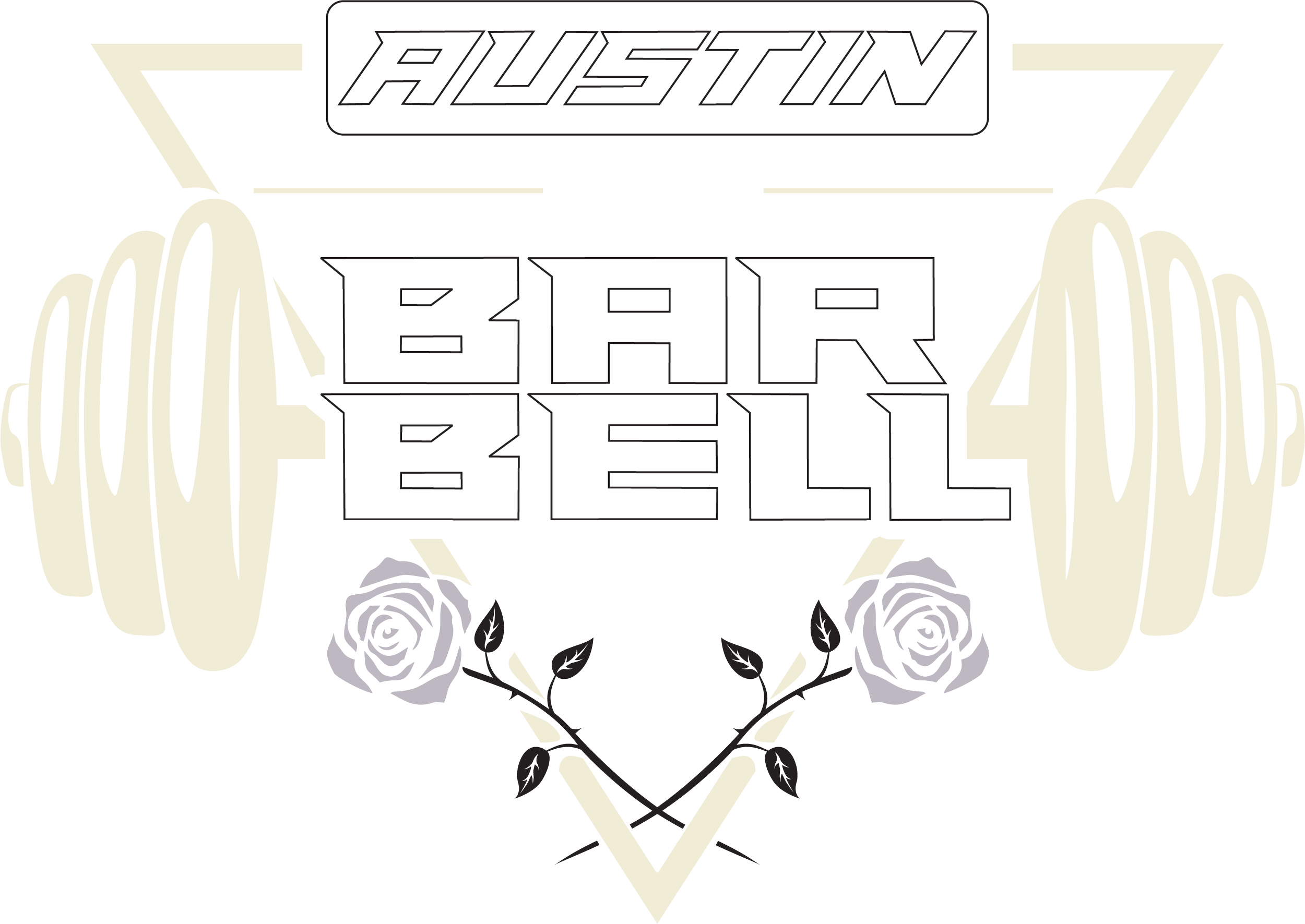Why Balance is a Critical Factor When Pulling
Defining Balance in the Snatch with the 60/40 Rule
During last weekends Snatch Clinic we touched upon the role of balance as it applies to Olympic Weightlifting. When new athletes first come to train with Austin Barbell, we tend to spend an excessive amount of time retraining the basics.
We take a bottom up approach, first focusing on where the in the foot the athlete is applying pressure during their initial pull. As a rule of thumb we use a 60/40 rule, asking athletes to distribute the majority (60%) of the weight towards the forefoot. For some this may seem counterintuitive, but there is a method to this madness. Read on.
The question we often get is why does it matter?
One of the key differentiators within the Chinese Weightlifting System is the emphasis on forefoot balance throughout the entire lift. Many other systems emphasize a flat foot, which is acceptable based on their teachings. The incorrect approach is to lift within your heels, this is ok for Power Lifting or maybe even some strength based movements in Crossfit.
The lifting from the heel approach will not yield an optimum, balanced result in Olympic Weightlifting do the shift in balance from back (heel) to front (forefoot) as the bar path transitions from the tibia to the femur in the 1st pull. In Power lifting (deadllift for example) it is acceptable to lift in the heels as the movement effectively is completed at the top of the first pull (hips). In Olympic Weightlifting the lift more or less begins just at the top of the first pull (hips). If the athlete is not staged correctly to apply force through the forefoot a the top of the first pull there will be no power.
If you were asked to perform a broad-jump, most if not all would choose to load their weight into the forefoot before jumping in order to achieve the maximum result. Attempting to jump from your heels would be counterproductive.
Balance in itself may seem quite obvious and fundamental however, many athletes tend to overlook this vital component and lack continuity within their lifts.
Since extension is finalized within the forefoot / toe it’s best to not let the balance shift after the bar passes the knee in the first phase of the pull. In order to generate the most force possible and to create the straightest upward trajectory possible it’s best to distribute greater than 50% (60/40 rule) of the weight on the ball (Metatarsals) of the foot throughout the duration of the entire lift.
Obtaining proper balance is the foundation in which technique can be built on.

